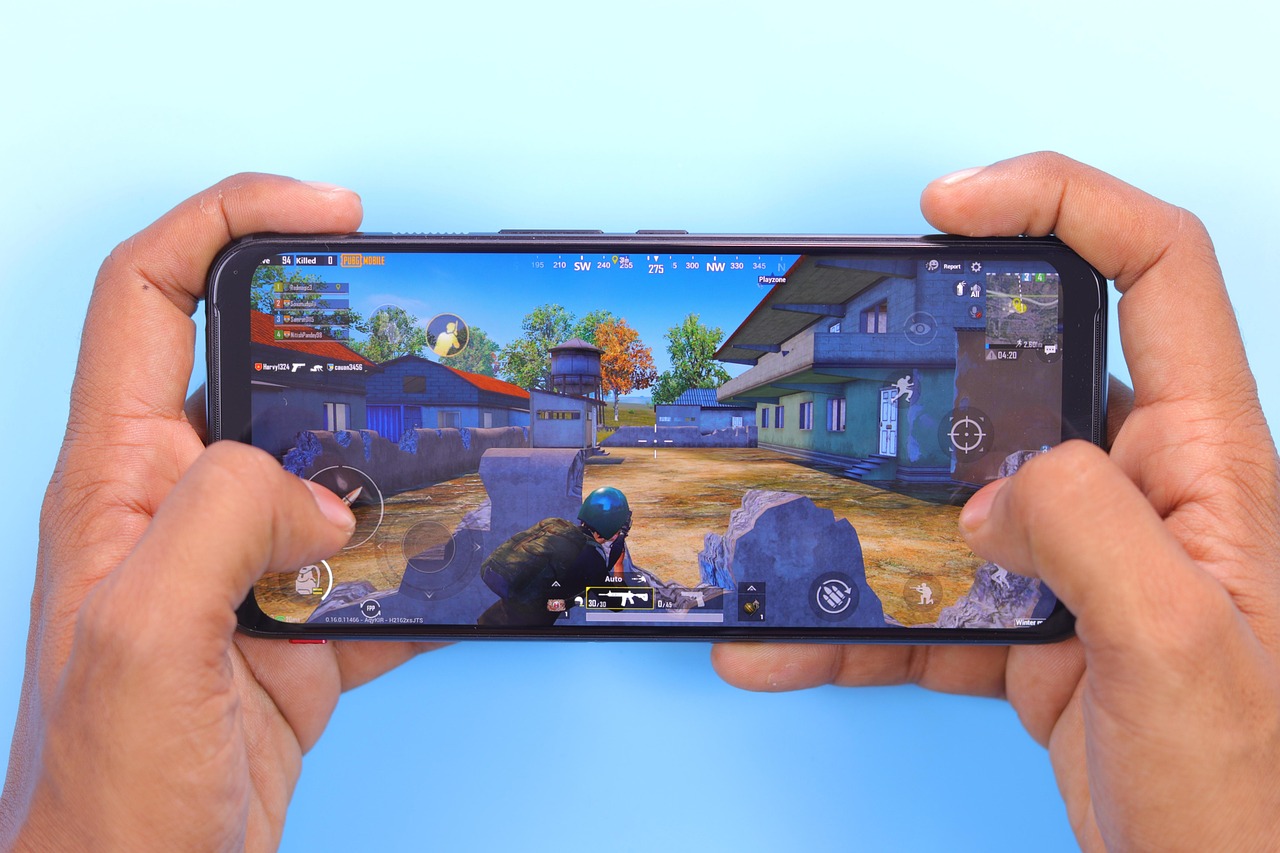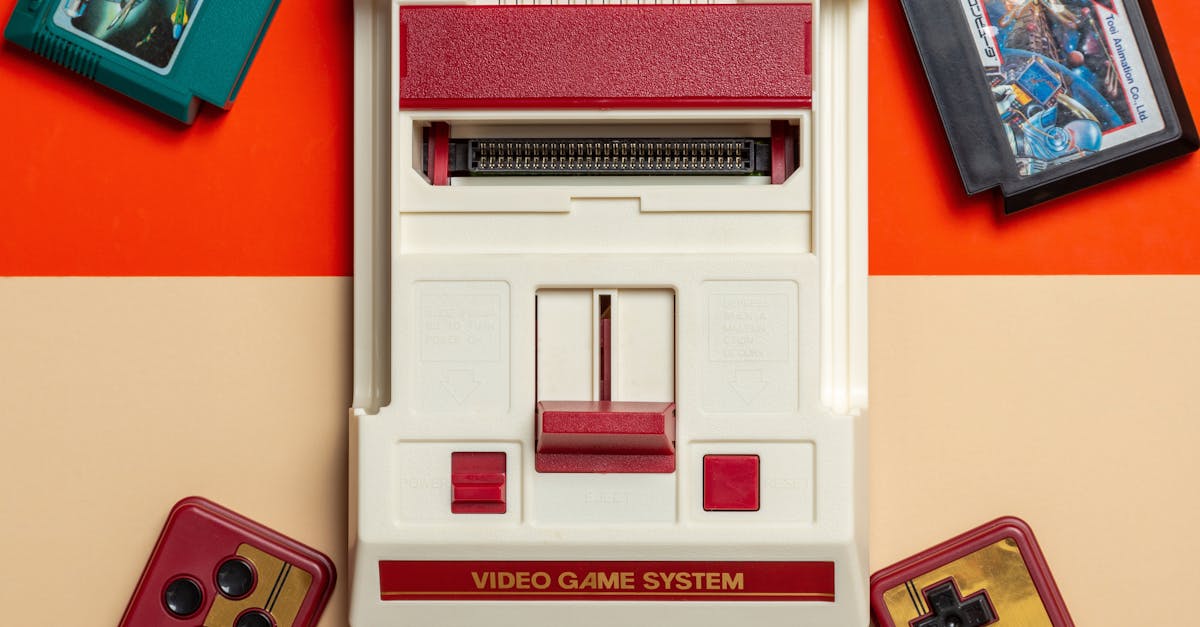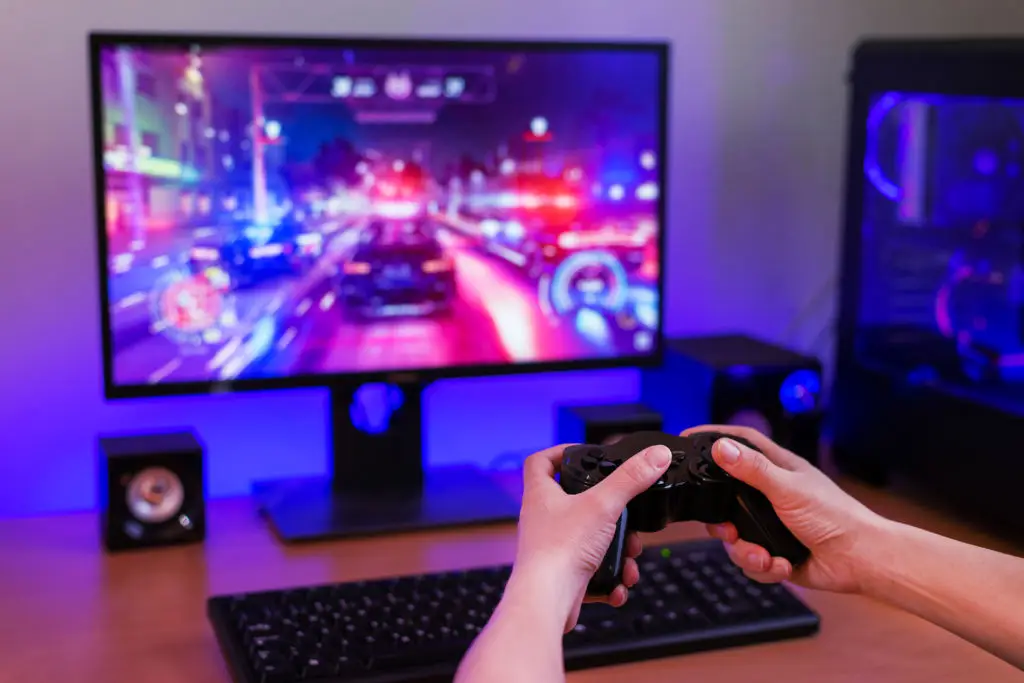Gaming anywhere used to mean squinting at a tiny monochrome screen on the playground or powering up Tetris for the umpteenth time during road trips. Fast forward to today, and “handheld gaming” covers everything from reliving pixel-perfect classics to pulling off epic console-worthy feats from your couch—or even the park bench. But how did we get here? It’s all thanks to a pretty amazing parade of portable console innovations—some obvious (cartridges, color screens), some totally unexpected (cloud streaming, modular indie gadgets), and each redefining what it means to play on the go. This list dives into 13 milestones that turned portable gaming into its own universe, whether you’re a die-hard veteran or a casual player who just wants a quick Mario Kart fix between errands.
1. The Game Boy’s Swappable Game Cartridges
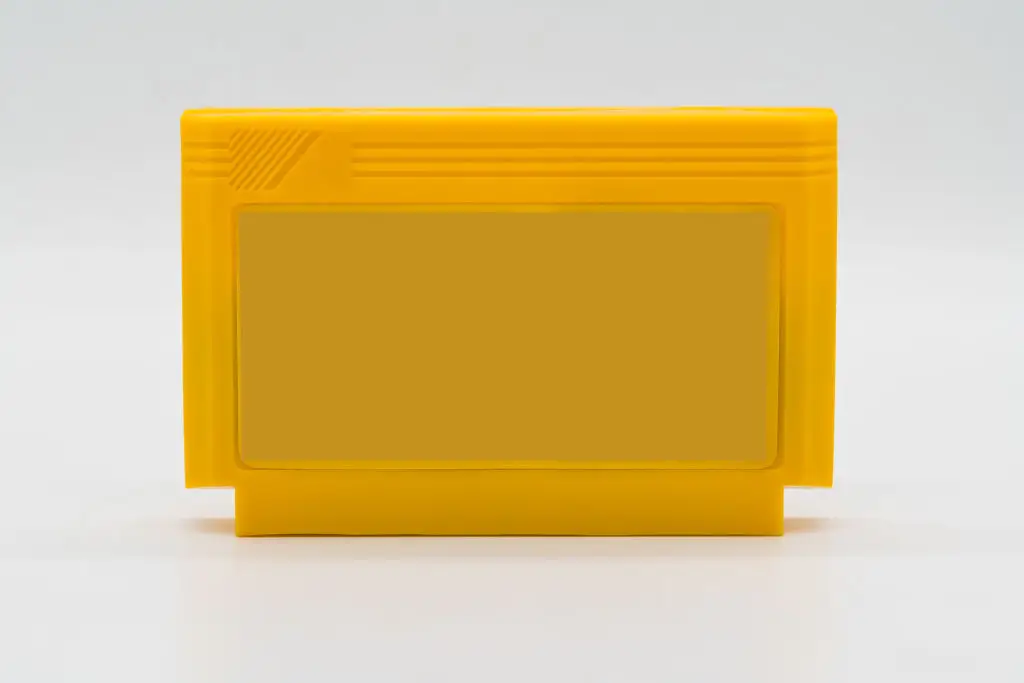
Back in 1989, the original Nintendo Game Boy kicked open a whole new world of handheld fun. But what made it a true game-changer? Those chunky, plastic cartridges you could swap at a moment’s notice. Instead of being stuck with a single built-in game, you suddenly had a backpack’s worth of adventures, puzzlers, and platformers at your fingertips. No wonder the phrase “portable arcade” started popping up among fans hungry for variety. Game Boy’s nearly 118 million units sold tells you everything about its impact—there was a game for everyone, and trading cartridges with friends was its own kind of playground battleground. The genius of this swappable design lives on in today’s modular gaming: pop in, play on, try something new wherever you roam.
2. Multiplayer on the Move: Link Cables to Built-In Wireless

Solo high scores are great, but the real magic started with multiplayer. Classic Game Link Cables let you battle or trade Pokémon face-to-face—literally the stuff of playground legend. Later, built-in wireless in the Nintendo DS and PlayStation Portable dialed up the excitement, making portable systems proper hubs for friends and rivals. This shift turned once-solitary commutes and bus rides into full-on gaming hangouts. Now, Bluetooth and Wi-Fi mean co-op and head-to-head thrillers aren’t tied down by wires at all. If you’ve ever squared off in Mario Kart on a plane or passed your handheld across a lunch table for some fast Smash Bros action, you know how transformative these connection options really are.
3. Going Full Color: Game Gear & Neo Geo Pocket Color
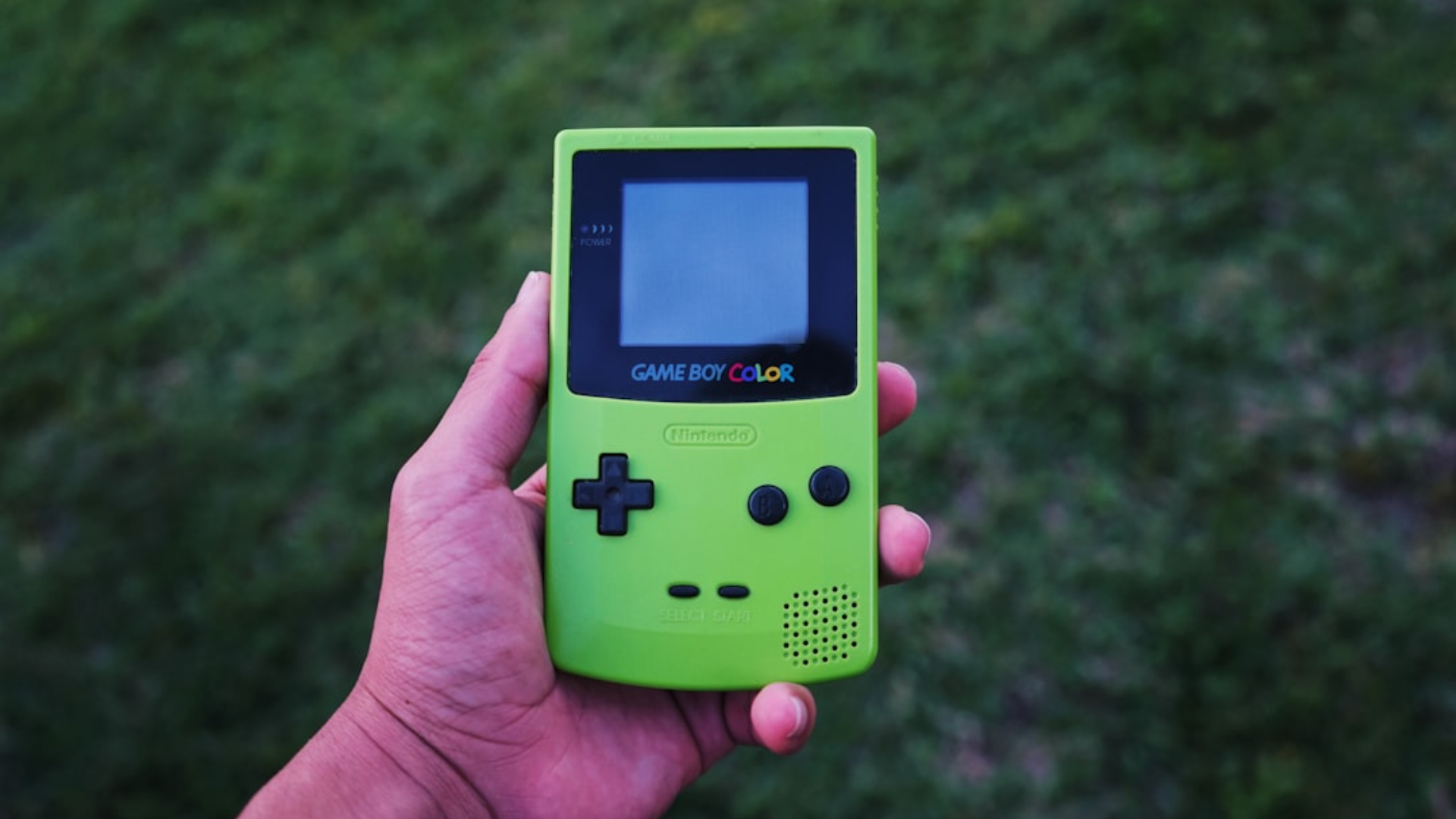
Before color screens landed in your palm, gaming on the go meant grayscale everything. Then the Sega Game Gear and Neo Geo Pocket Color burst onto the scene in the early ’90s, offering vibrant hues—and some pretty rapid battery drain. While you marveled at Sonic’s blue blur or the bright pixels of Metal Slug, you also learned to keep backup AA batteries nearby! These consoles paved the way for today’s crystal-clear OLED screens on modern handhelds like the Switch and Steam Deck. Sure, early color was a bit of a power hog, but it made portable gaming instantly more immersive and left a huge visual legacy for device-makers to build on.
4. Touch Takes Over: Nintendo DS and PlayStation Vita
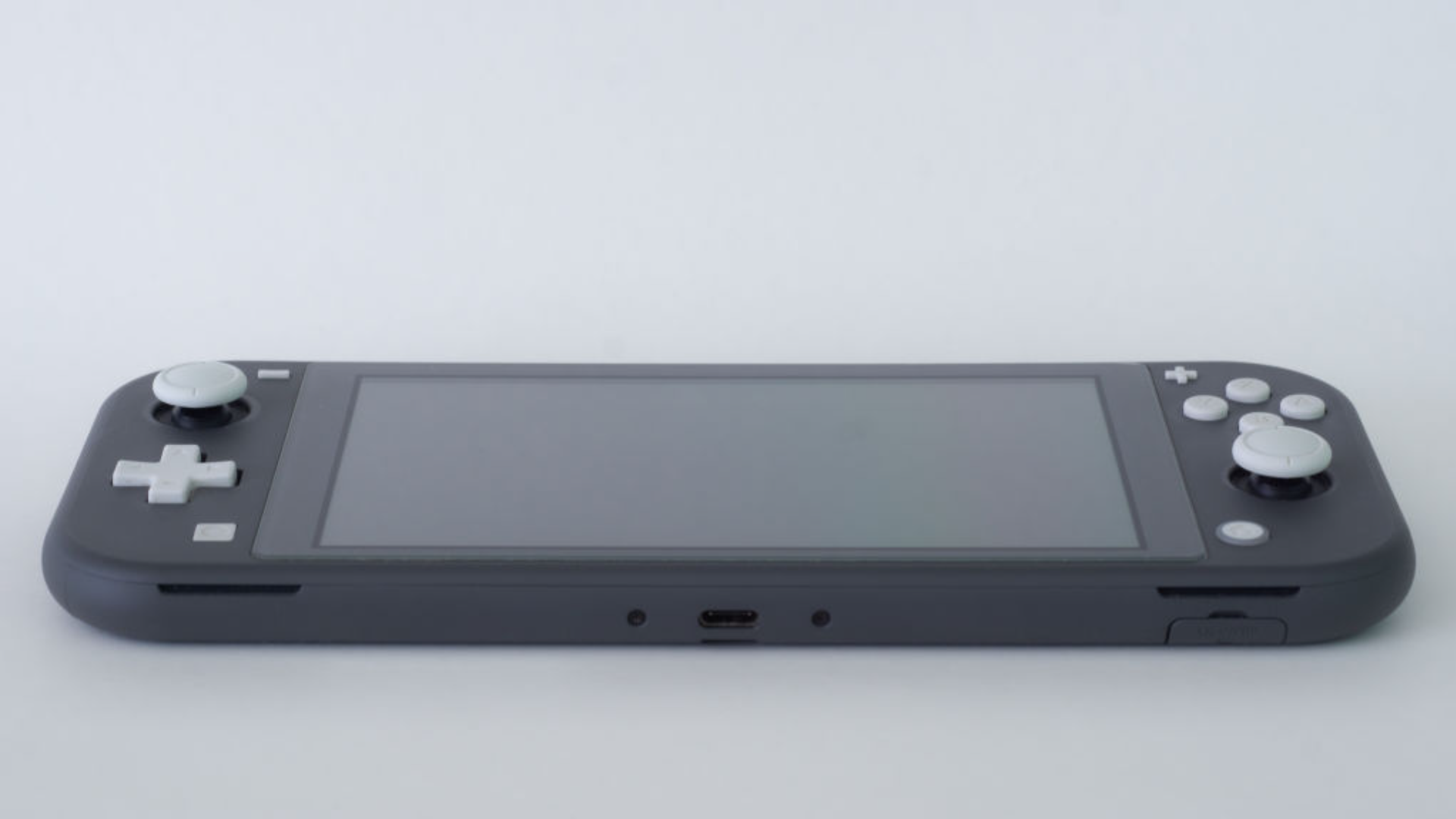
Touchscreens didn’t just change smartphones—they sparked a second golden age for portable play. The Nintendo DS dazzled with dual screens, letting you solve puzzles, draw paths, and try out genre-bending games you couldn’t experience anywhere else. It wasn’t long before the PlayStation Vita took touchscreen controls even further, adding slick capacitive input and opening up creative, new ways to play. The DS now stands as the best-selling handheld ever, with 154 million units sold, and its approachability made handheld gaming a hit with all ages—especially younger and family gamers. If you’ve ever juggled picross puzzles and Mario platforming using nothing but a stylus, you know why touch sticks around in modern portables.
5. Analog Stick Arrives: Sony PSP and Nintendo 3DS
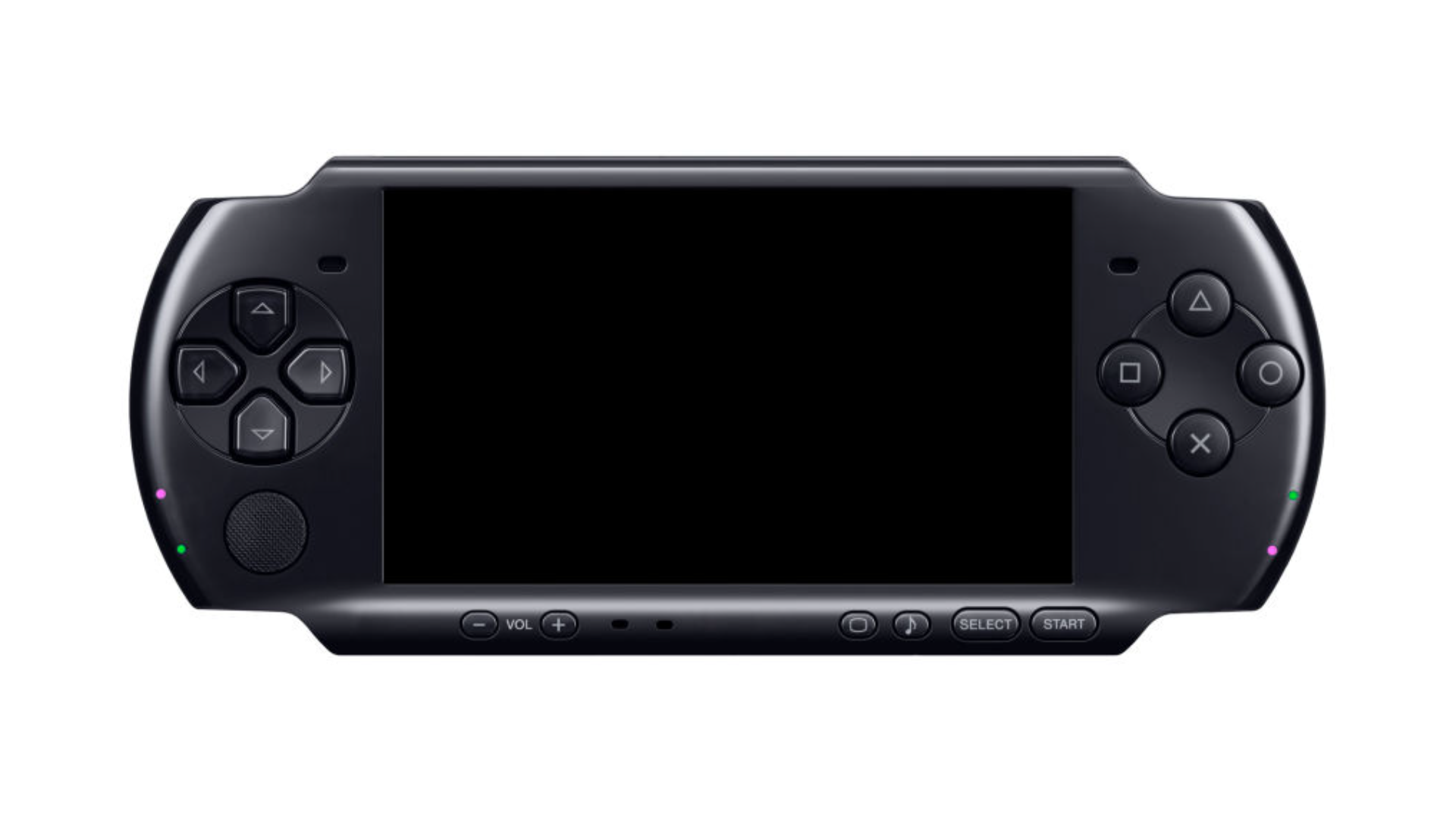
Any gamer who’s tried steering a digital Mario with a stiff D-pad knows the bliss of real analog controls. The Sony PSP brought the analog thumbstick to portables, finally letting shooters and racers feel fluid instead of awkward. Nintendo’s 3DS Circle Pad took combo moves one step further, blending classic 2D feels with 3D precision. Why does this matter? Suddenly, everything from drifting tight corners in Mario Kart to lining up perfect shots in Monster Hunter fit right in your hands—no adaptation period needed. Analog controls made handheld gameplay every bit as satisfying and nuanced as consoles, perfect for everyone from first-timers to speedrunners chasing their next record.
6. Backwards Compatibility: Bringing Yesterday’s Hits Forward
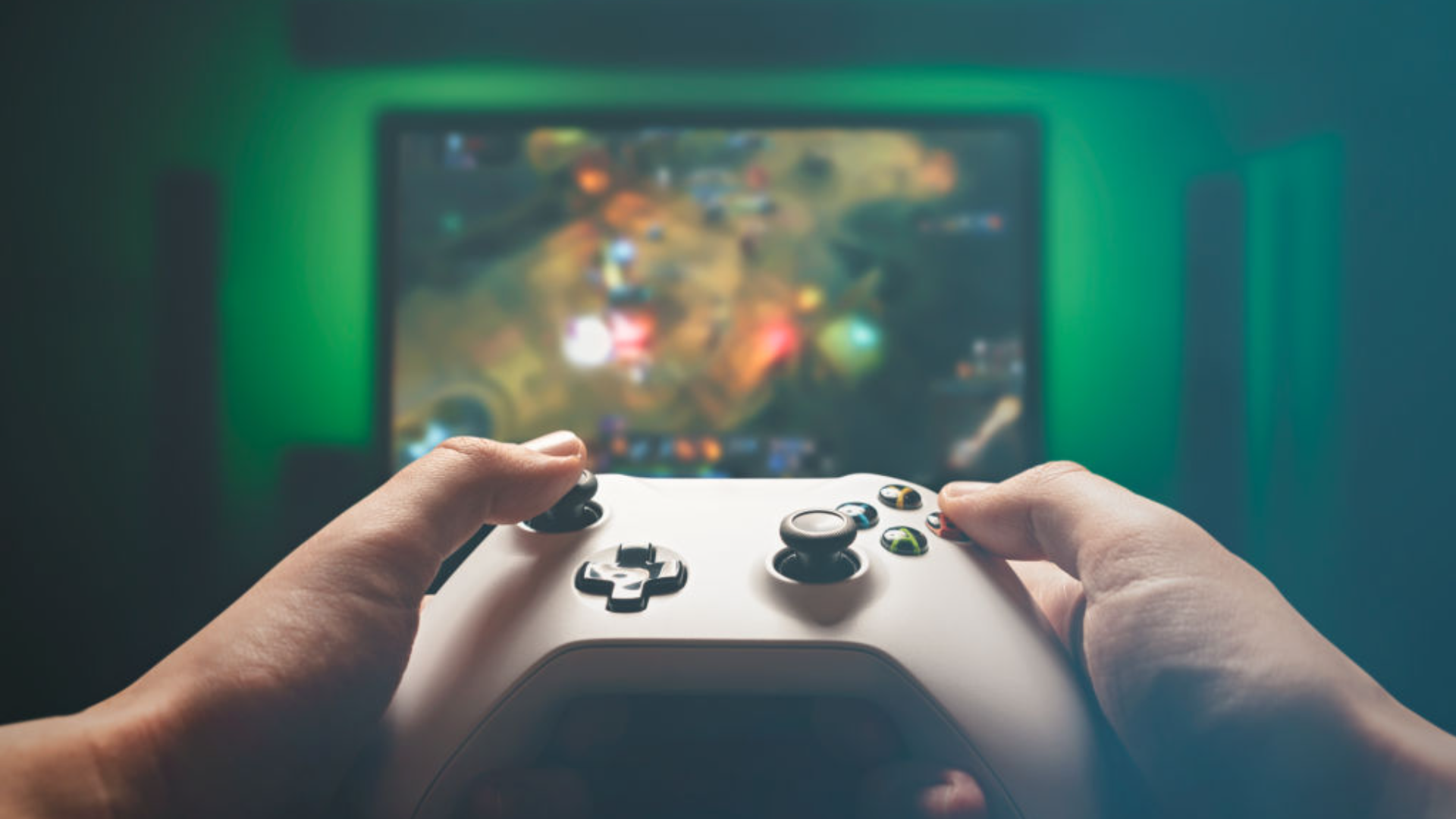
Ever wish you could keep all your best games when upgrading to a new system? Backwards compatibility made that dream real, starting strong with Nintendo handhelds. Game Boy Advance, DS, 3DS, and even the PlayStation Portable offered ways to revisit old favorites without clutter or hassle. From reliving retro RPGs on a shiny new DS to popping classic PlayStation discs into a PSP, this feature saved players money, preserved nostalgia, and became a dealbreaker for collectors. It’s about honoring gaming’s past and ensuring you never “lose” your greatest play sessions—just pack your library and take it wherever you’re headed next.
7. Modular & Custom Hardware: Analogue Pocket, Playdate, and More
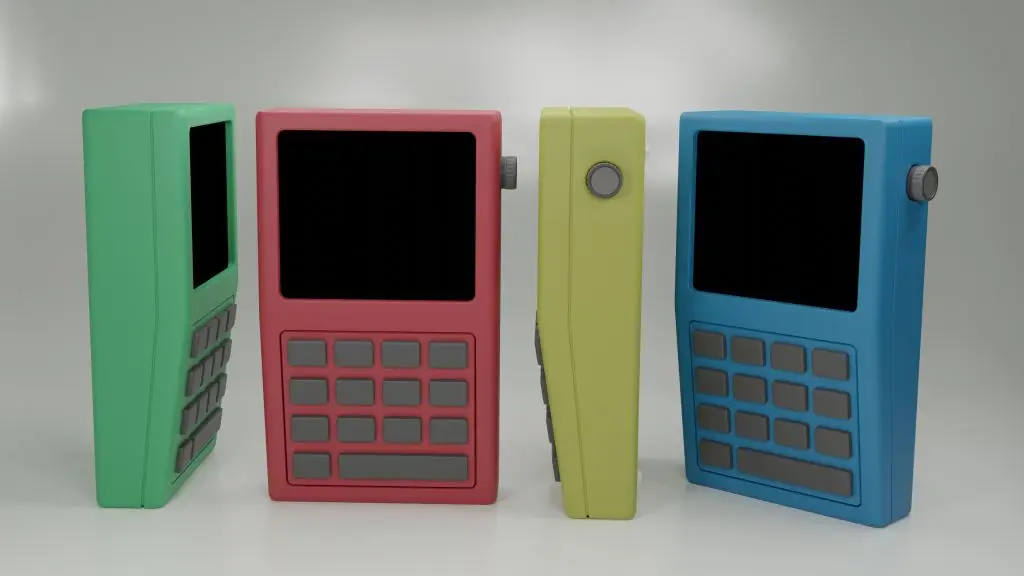
Personalization isn’t just a desktop trend—it’s finally hit the world of portable consoles. Newer devices like the Analogue Pocket and the charmingly odd Playdate let you swap buttons, snap on different shells, or even go wild with quirky gadgets like a hand crank. Want a specific D-pad feel or shell color to match your mood? No problem. Custom hardware is more than looks; it’s about celebrating how (and what) you play. These modular innovations mean handhelds can now grow and evolve with a gamer’s whims, making every system feel like “yours”—not just another one-size-fits-all device on the shelf.
8. The Indie and Open-Source Handheld Boom
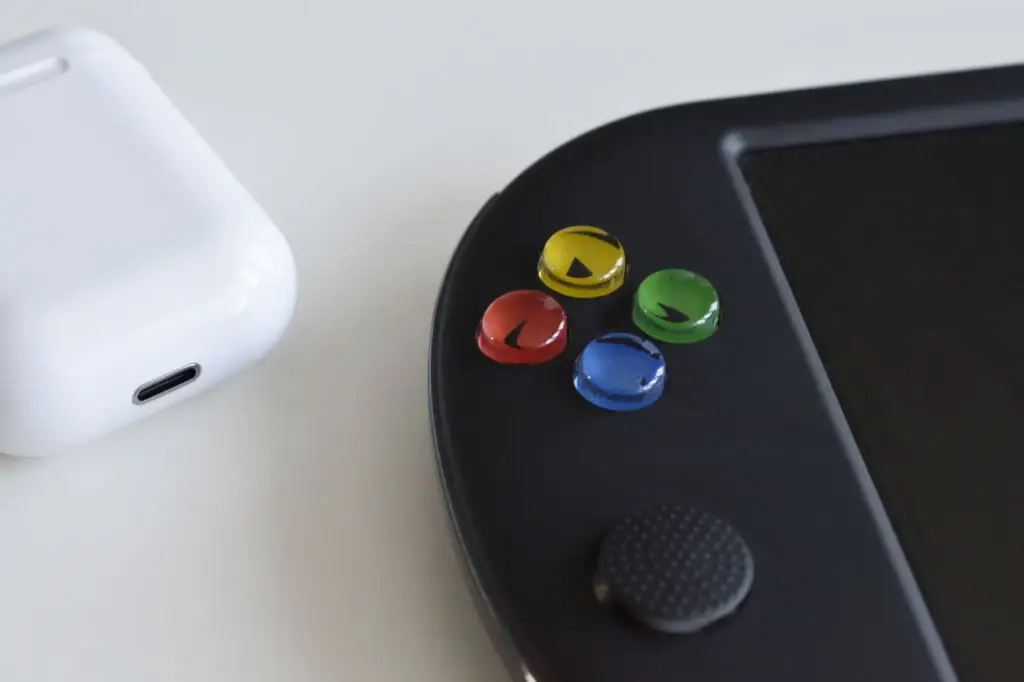
If you’ve ever wished for a handheld that could run homebrews, emulators, and offbeat originals, indie and open-source systems like the Retroid Pocket and RG350 have your back. These crowd-funded or small-batch consoles often focus on retro compatibility, quirky controls, and community-driven hacks. They might not have the marketing muscle of Nintendo or Sony, but they fill crucial gaps for niche players and genre lovers. Whether it’s a device with a tiny crank, ultra-modular setup, or dockable play, this wave of open-source gear keeps handheld gaming fresh, affordable, and wildly inventive—powered by the players, for the players.
9. Cloud Gaming Anywhere: The Streaming Revolution

Imagine launching a full console or PC blockbuster from literally anywhere—no gigantic hardware required. That dream’s become a reality with cloud gaming handhelds like the Logitech G Cloud and Backbone-enabled phones. These gadgets focus on connecting directly to services like Xbox Cloud Gaming, Steam Link, or even PlayStation Remote Play, so top-tier games run smooth with only Wi-Fi. Suddenly, your local park or coffee shop can play host to 60+ hour RPGs or big multiplayer matches that once only lived on your home setup. It’s not just convenience; it’s a whole new way to define “portable” play for the next generation of gamers.
10. Console-to-Handheld Hybrids: Switch, Steam Deck, and Beyond
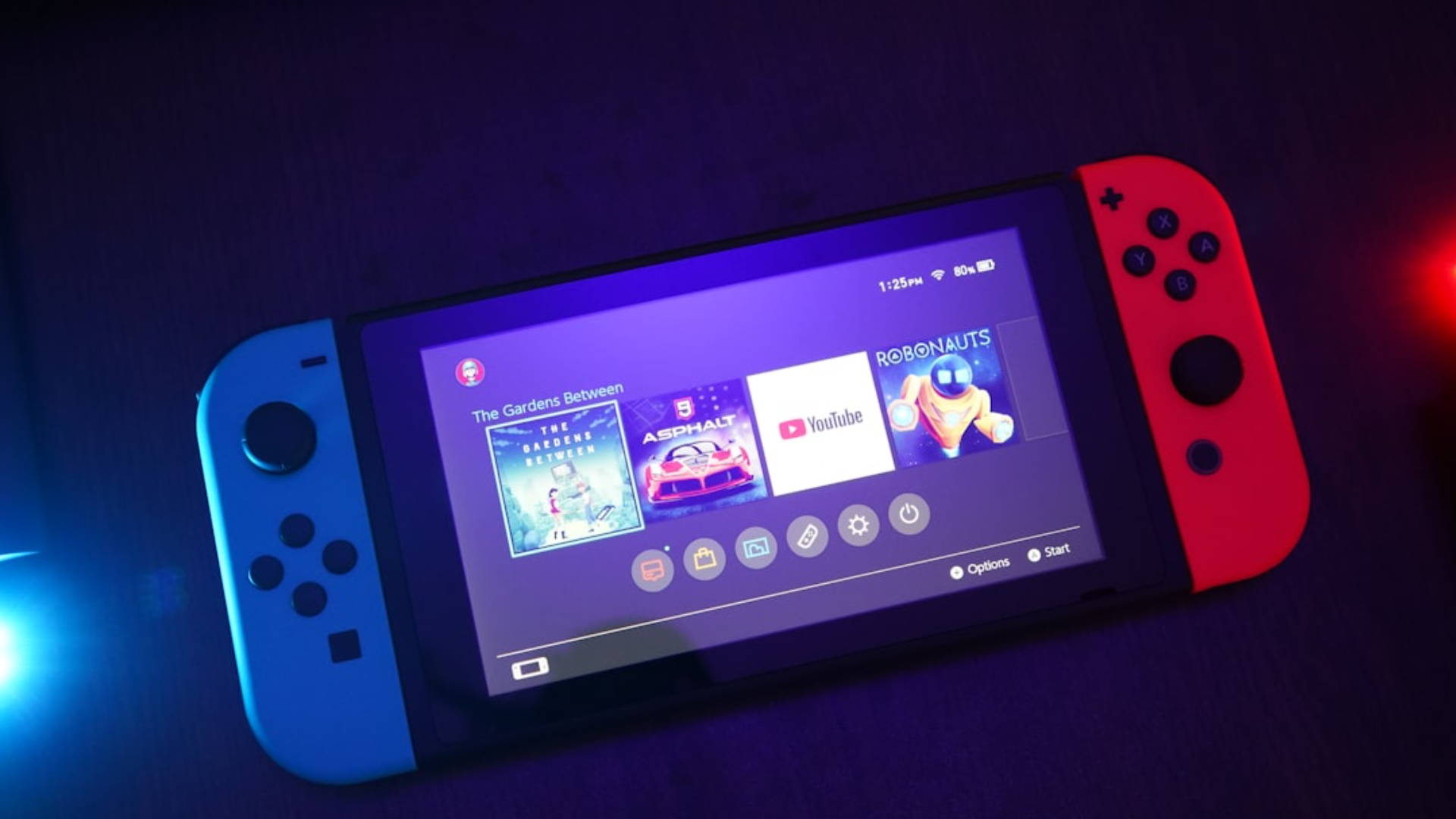
Remember when you had to choose between TV-bound “real” consoles and simple portables? The Nintendo Switch blew that boundary to pieces by letting you dock or undock and play huge games wherever you want. The Steam Deck followed up with PC game libraries and full hybrid flexibility. With 129 million Switches sold (and counting), there’s no denying the mass appeal of dropping your quest mid-boss at home, then picking it up on a road trip. Hybrid setups are now the new normal—once-unthinkable AAA adventures become instant travel buddies, whether you’re at a LAN party or your favorite chill spot.
11. AAA Power in Your Palm: Steam Deck, Ayaneo, ROG Ally
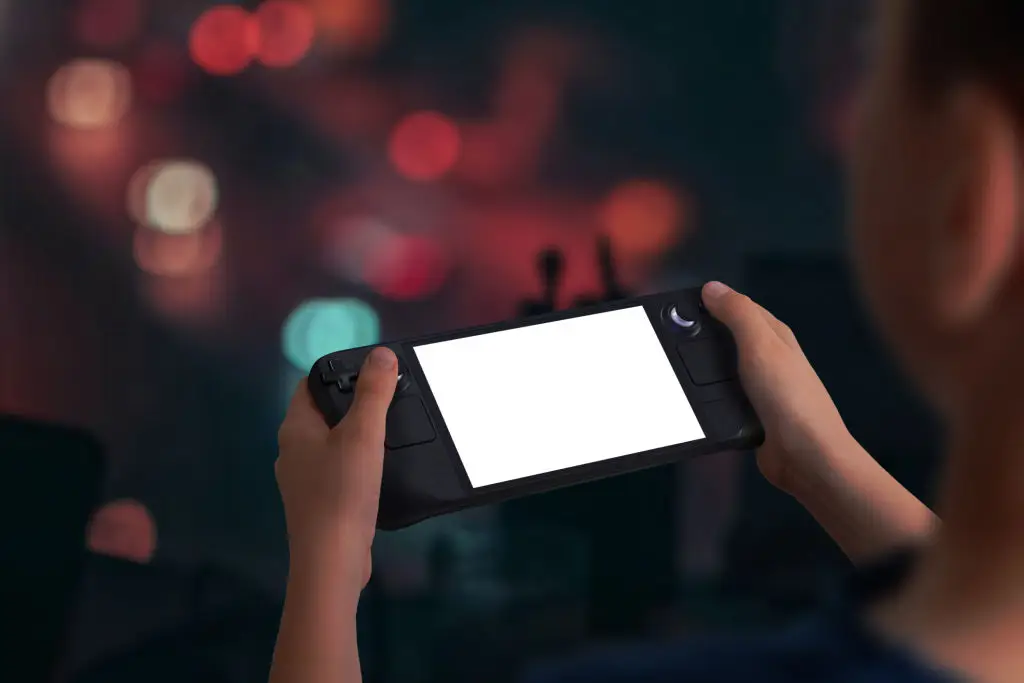
Just when everyone thought portable gaming meant scaling back, enter the new wave of palm-sized powerhouses. Valve’s Steam Deck, the sleek Ayaneo, and the ROG Ally put true PC-level specs in handhelds, supporting everything from indie darlings to huge blockbusters with all the bells and whistles (sometimes even mods!). Gamers who once felt chained to their desktops can now pull off wild combo streaks or marathon sessions wherever they want—no compromise on frame rates or visual flair. Even indie circles are buzzing about these all-in-one devices, which just might be the biggest leap since the Game Boy’s original “play anywhere” promise.
12. Battery Breakthroughs: More Gaming, Less Charging
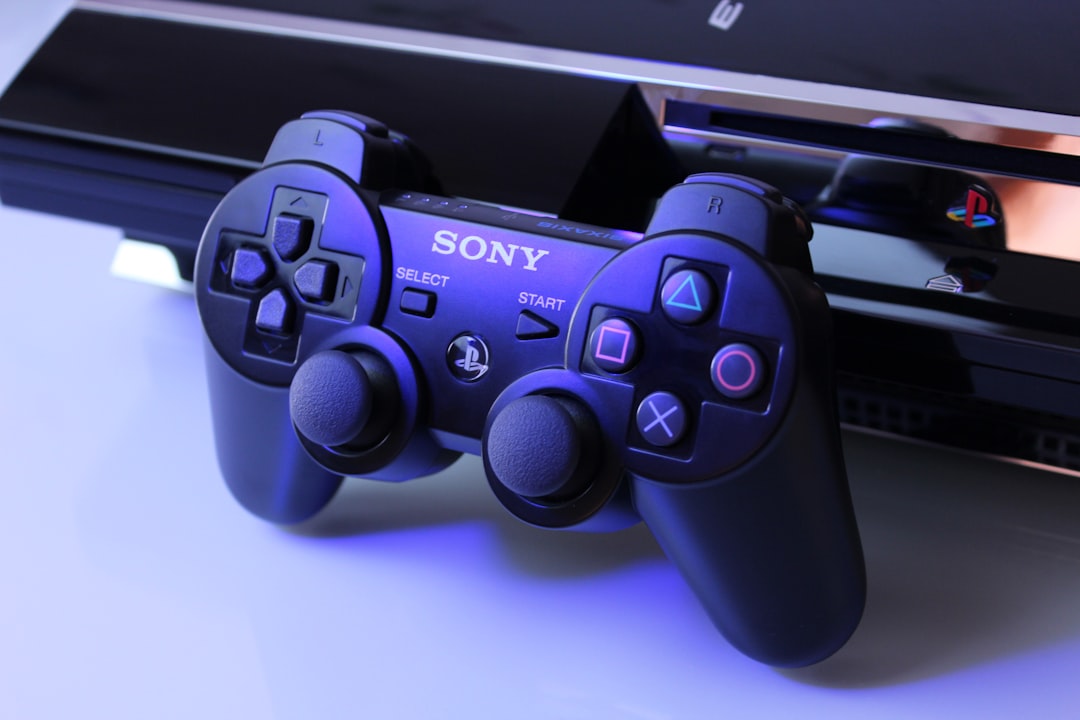
Nothing kills an epic run like a low battery warning mid-boss. Thankfully, battery innovation has sprinted ahead—modern lithium-ion packs, fast charging, and pass-through play let you log serious hours before ever reaching for a wall outlet. Swap-out cells, better efficiency, and smart “sleep” modes mean your next long haul is limited more by your schedule than your console’s stamina. This isn’t just a hardware upgrade; it’s an enabler of longer lunchtime showdowns, cross-country RPG grinds, and spontaneous outdoor tournaments. Battery breakthroughs mean you play more, worry less, and enjoy gaming’s thrills—without the anxiety of a blinking red light.
13. Gaming for Everyone: Accessibility Features Take Center Stage
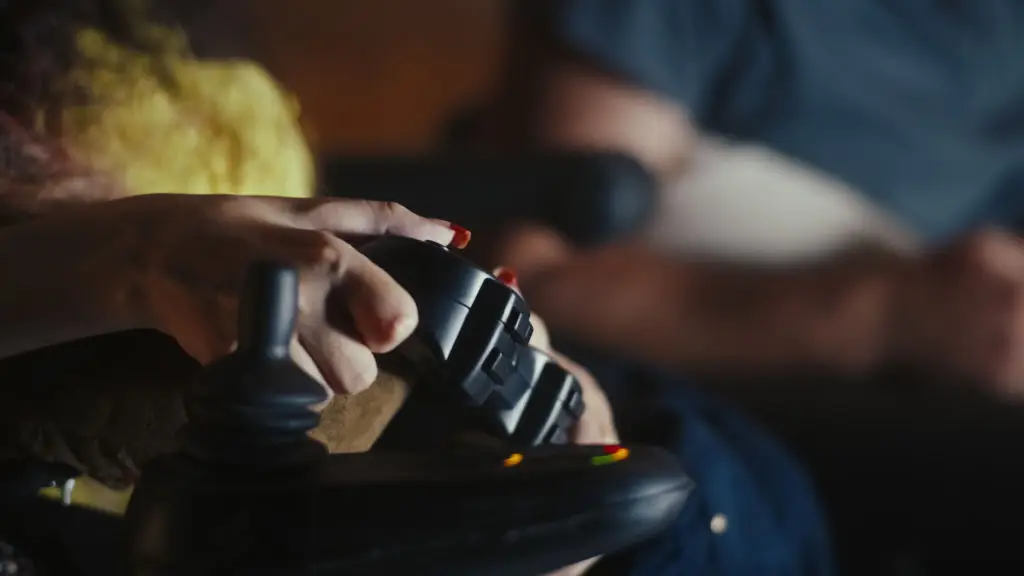
For years, handheld controls weren’t friendly to everyone. Now? Accessibility is finally a must-have, not a maybe. Newer portable consoles feature adaptive controllers, adjustable displays, remappable buttons, and even robust subtitle/audio options right out of the box. These thoughtful tweaks don’t just support players with disabilities—they make gaming more comfortable and inviting for every body and every style. It’s a refreshingly overdue shift, and one of the most important advances in modern portables. The next time you see adjustable button layouts or “high contrast” modes, just know: today’s “play anywhere” really does mean “play for everyone.”
From cartridge-swapping Game Boys to cloud-powered ultra PCs, each innovation on this list shaped a new era of on-the-go gaming. What’s been most transformative isn’t a single feature—it’s how every leap made gaming more convenient, personal, social, and, ultimately, inclusive. These advances turned handhelds into creative playgrounds and social hubs way beyond their earliest black-and-green screens. Whether you’re reliving a childhood classic or tackling a cutting-edge title before class, portable consoles make every gaming moment uniquely yours.


